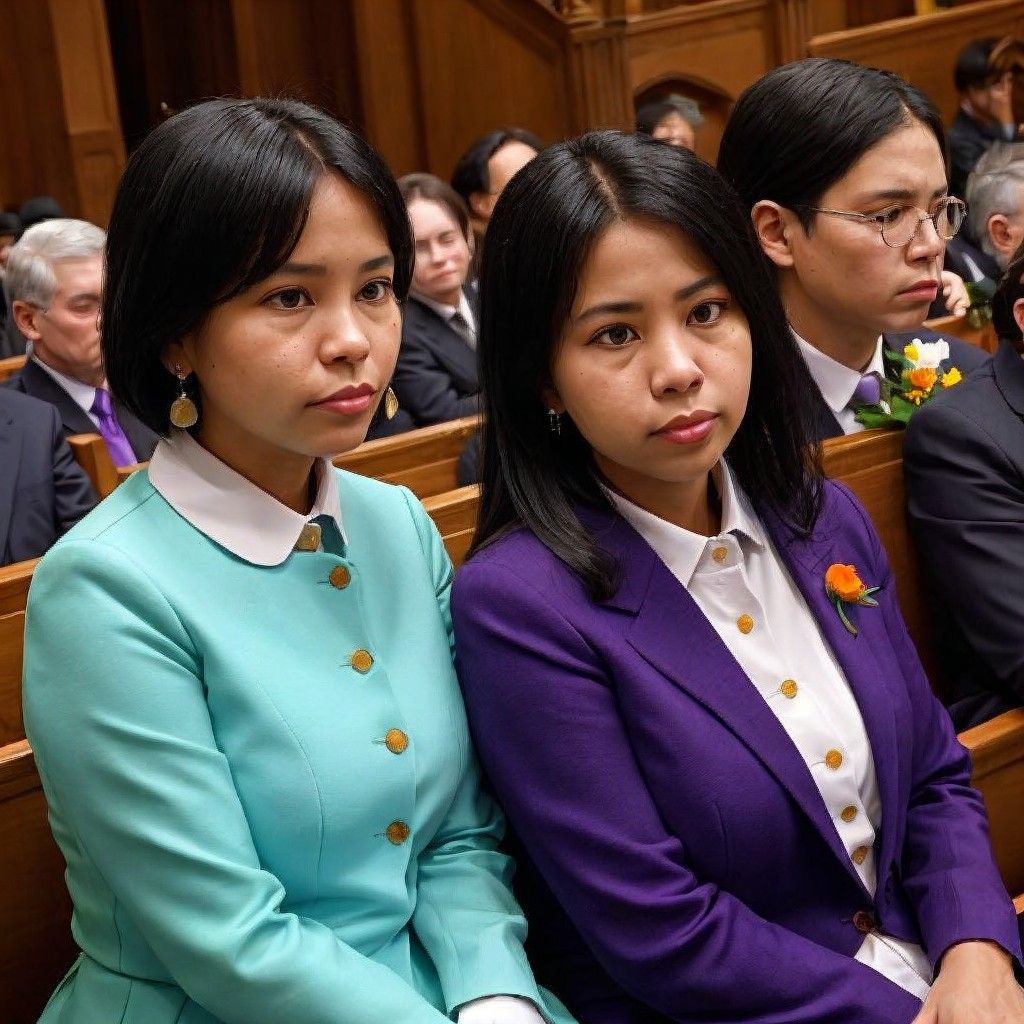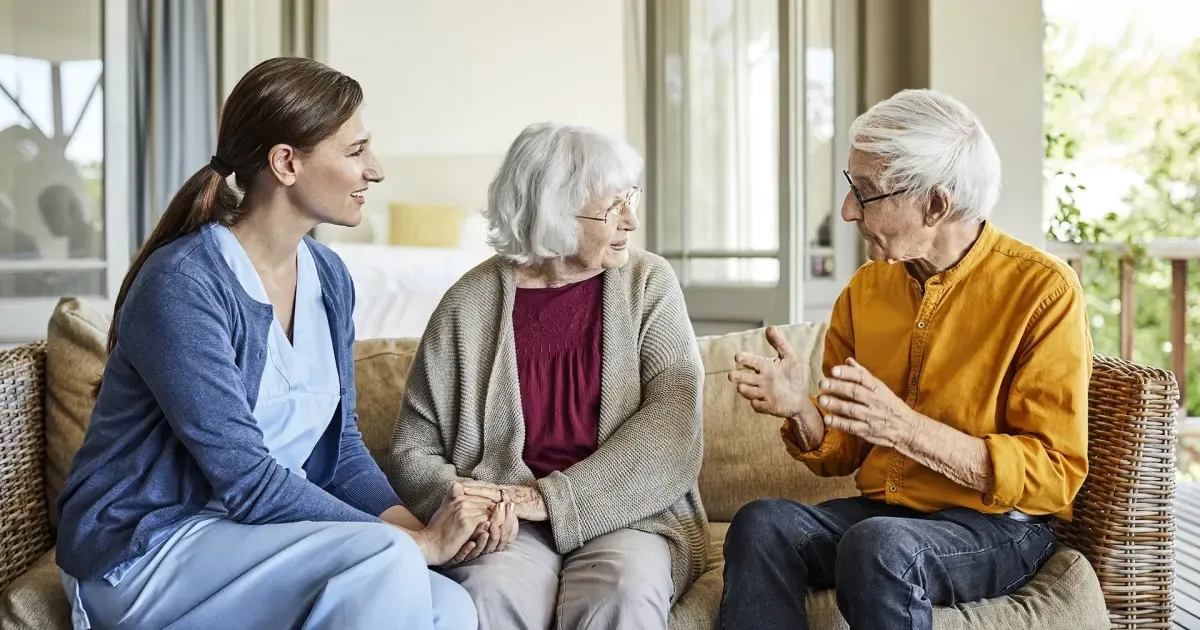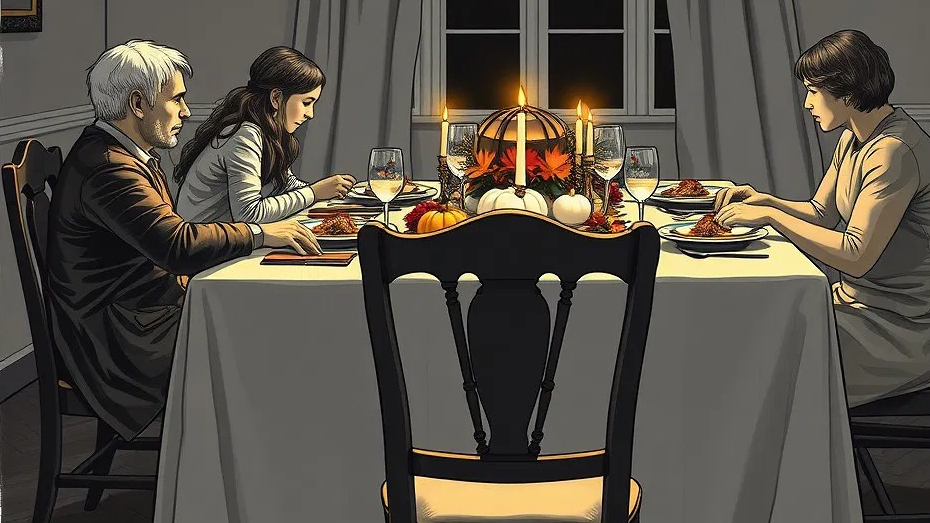Find a Trusted Proivder
Helpful Links

Business Hours
- Mon - Fri
- -
- Sat - Sun
- Closed

Share This Article
Let’s be honest—your funeral wardrobe probably looks a lot like your job interview wardrobe. It's usually the same old, reliable, black attire that fits in at any formal or solemn event. But is it necessary to stick with all-black outfits for funerals? Is wearing black really mandatory, or is it just a tradition we’ve clung to for too long?
The tradition of
wearing black to funerals
dates back centuries, with roots in Roman times, where black or dark-colored garments symbolized mourning. By the Victorian era, black was firmly established as the “funeral uniform.” Queen Victoria famously wore black for decades following Prince Albert’s death, further cementing the idea that black equals grief. However, as much as it has served as a visual expression of loss, black isn’t the only way to honor someone’s life.
Breaking the Funeral Dress Code
In modern times, especially with evolving cultural norms, there's been a growing question: why does black have to be the default? If the purpose of a funeral is to celebrate someone’s life, why should the attire focus solely on mourning? Funerals don’t have to be uniform; they can reflect the person being remembered—whether that’s through colors, themes, or personal style.
In a
YouTube interview with Funeral Choice, Tom Stevenson, a funeral director with M Coughlan Funeral Directors explains that there’s no universal requirement to wear black. “Because today's funerals are becoming increasingly personalized, people are opting for funerals that reflect the personalities and preferences of the deceased, which includes letting go of rigid clothing traditions,” he says. His sentiments are echoed by fellow funeral director, Adele Wilson. “The funeral is an event to celebrate, and dressing in a way that honors the person can be just as meaningful as sticking to black.”
When Black Isn’t Always Right
Think about it: is your funeral wardrobe more exciting than your party wardrobe? If not, maybe it's time to add some flair. If the person you’re honoring was someone who loved life in full color, why not reflect that in your attire? Here are a few alternatives that might break the somber all-black mold:
Bright Colors or Favorite Colors
“If the deceased had a favorite color, why not encourage guests to wear it in their memory?” Poses funeral director Stephanie Cooper.
“As a matter of fact, we always discuss the funeral dressing code with families during the earliest stages of preparation. If they choose to go with a particular theme, we include it in the press notice and encourage guests to come as they are. Some come dressed in football shirts and the trend just keeps growing,” she adds. A rainbow of bright outfits can create a more uplifting atmosphere. Recently, a funeral in New Orleans embraced this, asking mourners to wear purple, the deceased’s favorite color, which transformed the day into a celebration of joy.
Themed Attire
As discussed in the “10 Funeral Themes” blog, themed funerals are becoming more popular. I've seen guests show up at funerals in Hawaiian shirts for the beach lover, superhero costumes for a comic book fan, and even sports jerseys for the athlete,” says Stevenson. In a way, the clothes help celebrate the essence of who the person was.”
Vintage or Era-Specific Attire
For someone with a love of a particular era (say, the Roaring Twenties or the Swinging Sixties), you could honor them by wearing clothes reminiscent of that time. Imagine a room full of flapper dresses or bell-bottoms in place of black suits—it would not only honor their interests but also provide a warm, nostalgic environment.
Cultural Garb
In many cultures, black isn’t even the go-to color for mourning. In parts of India, white is traditional funeral attire, while in Ghana, vibrant red, yellow, green and black are worn. If the deceased was proud of their cultural heritage, embracing traditional clothing is a powerful way to honor their identity.
Casual Wear for the Laid-Back Personality
If the person wasn’t the formal type, why should their funeral be? Encouraging attendees to dress casually—jeans, t-shirts, or even pajamas if it fits—can add an element of comfort and authenticity to the ceremony.
The Subtle Power of Breaking the Black Code
The pressure to wear black comes not only from tradition but also from the fear of “standing out” at what’s seen as a serious, formal event. But let’s rethink that. Funerals are no longer one-size-fits-all. The key is understanding the wishes of the deceased and their family. Sometimes, it’s a conscious decision to steer away from dark colors.
There's one story that was doing rounds on social media of a woman who left specific instructions for her funeral: “No one is allowed to wear black, or I’ll haunt you.” Her celebration was filled with color, and her spirit lived on in the bright outfits worn by her guests.
Even royals have broken the black funeral dress code. At Prince Philip’s funeral in 2021 and memorial in March 2022, Queen Elizabeth wore a deep green coat—a subtle tribute to Prince Philip’s military career and service. It was a reminder that clothing can carry meaning beyond traditional color symbolism, adding layers of personal significance to an otherwise standard event.
Light-Hearted Alternatives to All-Black Attire
For those of us who aren’t quite ready to show up in a full-blown superhero costume but want to move away from the traditional black attire, there are still ways to inject some personality into a funeral wardrobe without breaking etiquette:
Accessorize Creatively: Try incorporating a pop of color into your outfit, like a brightly colored scarf, shoes, or tie. It’s a nod to the personality of the deceased while still remaining respectful.
Patterns and Prints: Wear patterns that reflect the deceased’s personality or something you shared with them. Maybe it’s a floral dress for a gardener or a nautical pattern for a sailor. Prints can be a subtle way to express joy in their memory.
Personalize with Pins or Jewelry: If you’re hesitant to go all out with colorful clothing, you could wear a pin or piece of jewelry that reminds you of the person—maybe something they gave you or something that reflects their personality.
Is Black Going Out of Style?
Let’s face it, we’ve stuck to black funeral attire out of habit more than anything else. But as society embraces a more open, less rigid approach to memorializing loved ones, the all-black dress code seems to be fading. Funerals, once purely focused on mourning, are evolving into celebrations of life. And what better way to reflect a life than with colors, styles, and themes that embody the deceased’s spirit?
To answer the question: No, wearing black to a funeral is not mandatory. Whether you stick to tradition or break free with colorful or themed attire, what truly matters is that you’re honoring the person in a way that feels right for you and their family.
So, is your funeral wardrobe more exciting than your party wardrobe? Maybe it’s time to change that.
Related Articles
Related Articles





